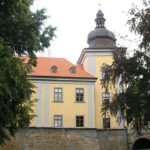
Crikvenica, Croatia For a Family Holiday: 3 Reasons Why
Three main reasons why we chose the charming town of Crikvenica in Croatia for our family holiday.
Read More
Select Page
Posted by Daisy | Featured, Special Travel Feature, Tourist Destinations
Three main reasons why we chose the charming town of Crikvenica in Croatia for our family holiday.
Read MorePosted by happysteps | Trip Essentials
Traveling during a pandemic is not as scary or uncomfortable as it may sound. Taking just a few precautions can help keep you safe and healthy while traveling.
Read MorePosted by happysteps | Tourist Destinations
Ever wished for a list of the best tourist cities in the world? If you’re wondering where to go next, maybe one of our lists can help you find the top cities in the world. To give you an idea of what cities are included, here are some examples.
Read MorePosted by smart traveler | Recreation & Fun
Hunting brings to mind a sport both for relaxation and pleasure and a way to provide healthy lean...
Read MorePosted by smart traveler | Travel News & Information
If you’ve been researching vacations and tour groups, you’ve probably come across the...
Read MorePosted by smart traveler | Recreation & Fun
The Big Haul One of the staples of the outdoors is fishing. Many families contain special memories...
Read MorePosted by smart traveler | Recreation & Fun
Simply relaxing, feeling the warm sea breeze and enjoying the sun while you are out in the ocean...
Read MorePosted by smart traveler | Recreation & Fun
Animals bring about a sense of excitement and wonder within children. For most kids, animals are...
Read MorePosted by smart traveler | Hotels & Accommodation
If you enjoy traveling but want to stay in something other than a hotel, there are many lodging...
Read MorePosted by smart traveler | Trip Essentials
Travel can be quite stressful due to various factors. While technology offers convenience, flying often requires significant expenses and can negatively impact the overall experience. To ensure a worthwhile trip, consider carefully evaluating your options.
Read MorePosted by smart traveler | Travel Deals & Discounts
We’ve all heard plenty of stories about the great sales romance that can go into the process of...
Read MorePosted by smart traveler | Recreation & Fun
When you want a more leisurely and safer way to hunt, you might consider taking advantage of packed outdoor adventures.
Read MorePosted by smart traveler | Recreation & Fun
When planning a birthday party or any other type of party, you might decide to hold one earlier in...
Read MorePosted by happysteps | Hotels & Accommodation
Going on a tour not only involves spending most of the day sightseeing, afterwards it is also nice...
Read MorePosted by happysteps | Transportation, Trip Essentials
If you’re preparing to travel and want to use your motorcycle during your vacation, you may...
Read MoreCrikvenica sounds like the perfect family getaway! The relaxed atmosphere, beautiful beaches, and proximity to nature all seem ideal for…
“Great post! Crikvenica sounds like an amazing destination for a family vacation. I’d love to hear more about the activities…
"Vienna truly is a hub of music, arts, and culture! Your post beautifully captures the essence of what makes the…
"Great tips for traveling with a motorcycle! Your advice on what to look for in a motorcycle shipping company is…
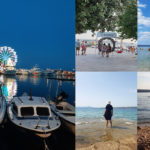 Crikvenica, Croatia For a Family Holiday: 3 Reasons Why
Crikvenica, Croatia For a Family Holiday: 3 Reasons Why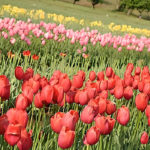 Special Travel Feature: Kashmir, India by Jean
Special Travel Feature: Kashmir, India by Jean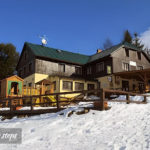 Benecko Winter Fun: In Pursuit of a Snowy Vacation in the Mountains
Benecko Winter Fun: In Pursuit of a Snowy Vacation in the Mountains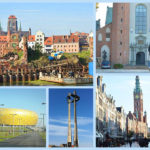 Special Travel Feature: Gdansk, Poland
Special Travel Feature: Gdansk, Poland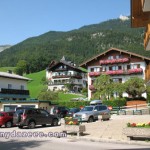 Special Travel Feature: Wolfgangsee, Austria by Rainydazeee
Special Travel Feature: Wolfgangsee, Austria by Rainydazeee
Crikvenica sounds like an amazing destination for a family holiday! Your three reasons highlight why it's such a great choice…